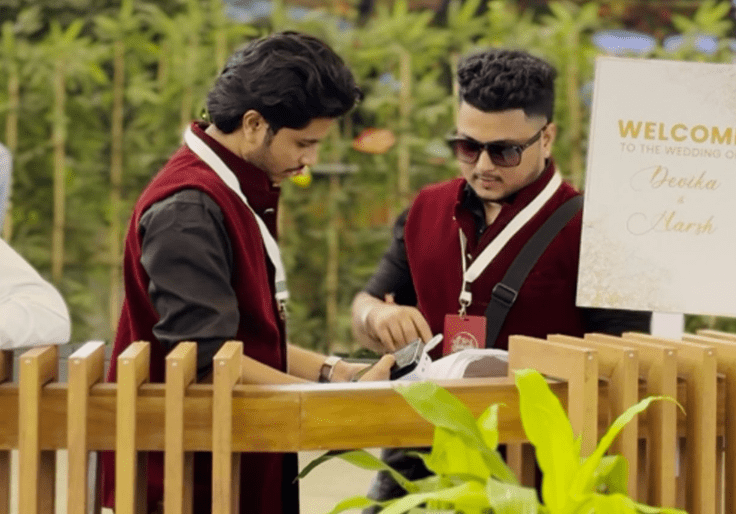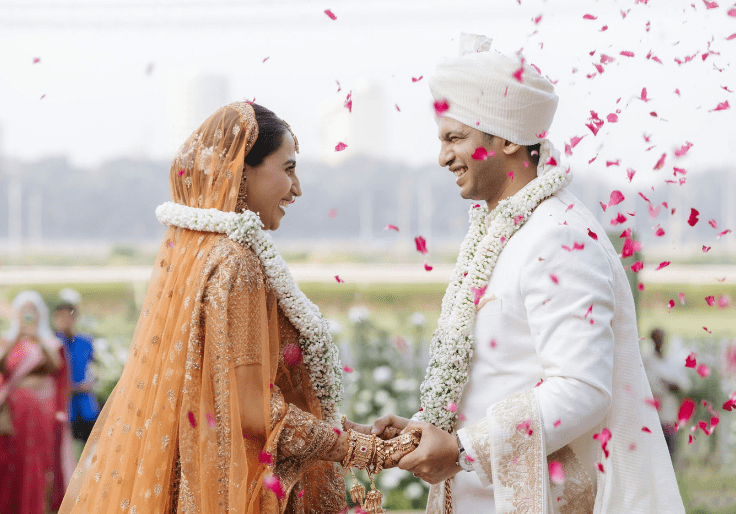The Ultimate Guide to Unique Dupatta Styles for Every Bride
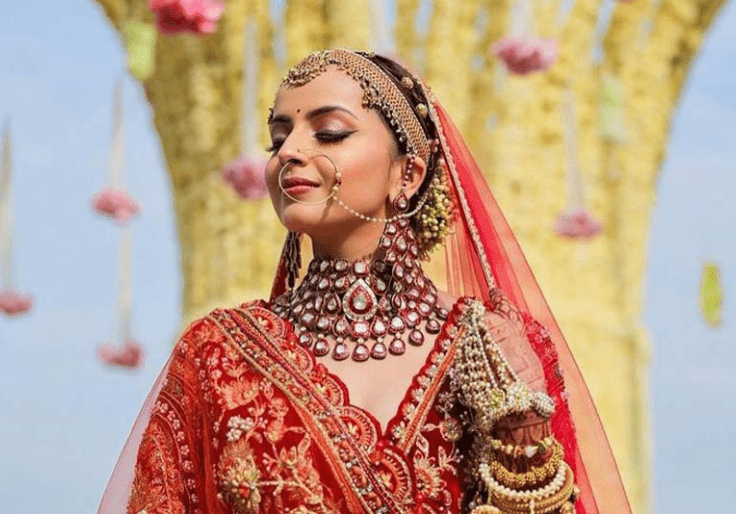
Your bridal dupatta is more than just an accessory it’s a canvas that reflects your personality, heritage, and style. Whether you’re drawn to traditional elegance or contemporary flair, here’s a curated guide to help you choose the perfect dupatta style for your wedding day.
1. Classic Shoulder Drape
A timeless choice, the classic shoulder drape involves placing the dupatta over your head and letting it fall gracefully over both shoulders. This style is ideal for brides seeking a traditional look that exudes elegance and simplicity.
2. Double Dupatta Drama
For a regal appearance, consider the double dupatta style. One dupatta can be draped over the head, while the other is pleated and draped over one shoulder or tied at the wrist. This layered look adds volume and a touch of opulence to your ensemble.

3. Cape-Style Dupatta
Embrace modernity with a cape-style dupatta. Draped over the shoulders like a cape, this style offers a chic and contemporary twist, perfect for brides looking to make a bold fashion statement.
4. Saree-Style Drape
Inspired by the elegance of a saree, this style involves draping the dupatta over one shoulder and wrapping it around the waist, similar to a pallu. It’s a graceful option that combines tradition with sophistication.

5. Belted Dupatta
Add a contemporary edge by securing your dupatta with an embellished belt around your waist. This style not only keeps the dupatta in place but also adds a structured and modern touch to your bridal look.
6. Floral Embroidered Dupatta
Opt for a dupatta adorned with floral embroidery to infuse a romantic and whimsical element into your attire. Floral motifs add texture and depth, making your bridal look more vibrant and personalized.

7. Leheriya Dupatta
Celebrate Rajasthani heritage with a Leheriya dupatta, characterized by its wave-like tie-dye patterns. This traditional style adds a burst of color and cultural richness to your bridal ensemble.
8. Kutch Embroidered Dupatta
For a touch of intricate artistry, choose a dupatta featuring Kutch embroidery. Known for its mirror work and geometric patterns, this style brings a bohemian and ethnic flair to your wedding attire.
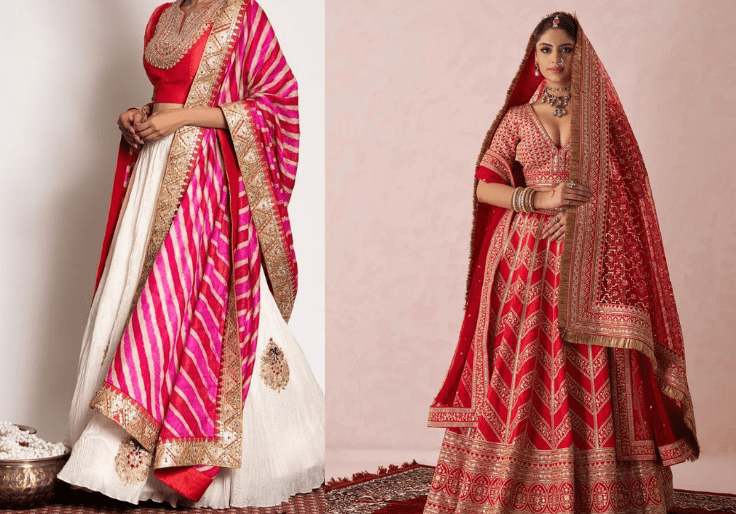
9. Chunri Dupatta
A traditional choice in Punjabi and Gujarati weddings, the Chunri dupatta is often richly embroidered and draped over the head. It symbolizes blessings and is a beautiful way to honor cultural customs.
10. Personalized Dupatta
Make your bridal look uniquely yours by opting for a personalized dupatta. Brides have been incorporating names, blessings, or significant dates into their dupattas, adding a sentimental touch to their wedding attire.
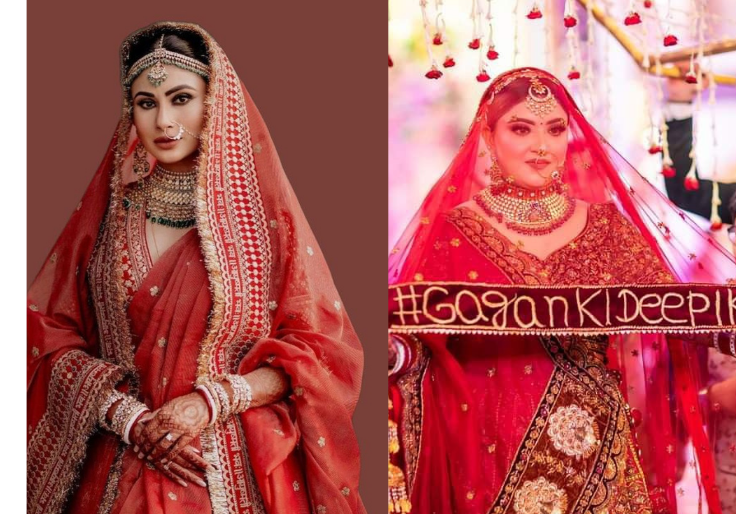
Conclusion:
Choosing the Right Dupatta for Your Bridal Look
When selecting your bridal dupatta, consider the following:
Fabric: Choose a fabric that complements your lehenga or gown. Lighter fabrics like net or chiffon are ideal for intricate embroidery, while heavier fabrics like velvet add a regal touch.
Color: Ensure the dupatta color harmonizes with your bridal outfit. Contrasting colors can make a bold statement, while matching tones offer a cohesive look.
Embellishments: Decide on the level of embellishment that suits your style. From minimalistic designs to heavily embroidered pieces, choose what makes you feel most beautiful.
Comfort: Remember, you’ll be wearing the dupatta for several hours. Ensure it’s comfortable and allows you to move freely.
Final Thoughts
Your bridal dupatta is a reflection of your style, culture, and personal story. Whether you choose a traditional drape or a modern twist, ensure it resonates with you and complements your overall bridal look. Embrace the opportunity to express your individuality on your special day.
For more personalized styling tips or assistance in selecting the perfect bridal dupatta, feel free to reach out. We’re here to help you make your wedding day as beautiful and unique as your love story.
Share This :
Latest Blog
-
 How Wedding Coordination Saves You From 99 Last-Minute Calls18 Jul 2025
How Wedding Coordination Saves You From 99 Last-Minute Calls18 Jul 2025 -
 2025 Bridal Accessories Trends Every Indian Bride Must Know11 Jul 2025
2025 Bridal Accessories Trends Every Indian Bride Must Know11 Jul 2025 -
 Common Wedding Planning Mistakes and How to Avoid Them28 Jul 2025
Common Wedding Planning Mistakes and How to Avoid Them28 Jul 2025 -
 India’s First On-Day Wedding Coordination Agency – The Idea That Changed Everything05 Jun 2025
India’s First On-Day Wedding Coordination Agency – The Idea That Changed Everything05 Jun 2025

